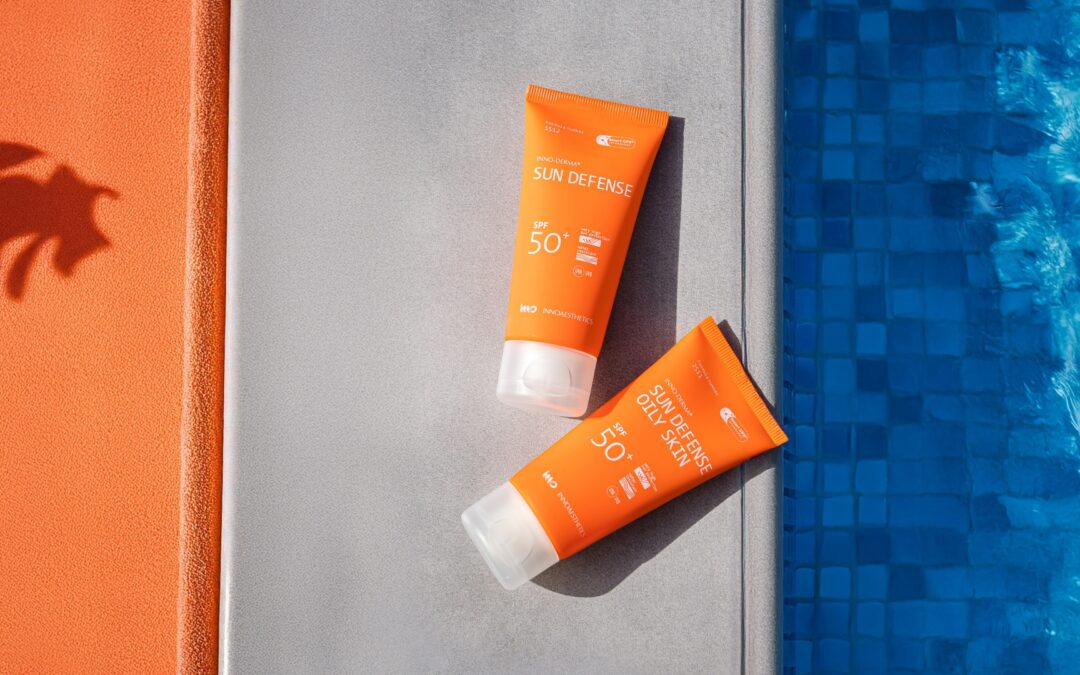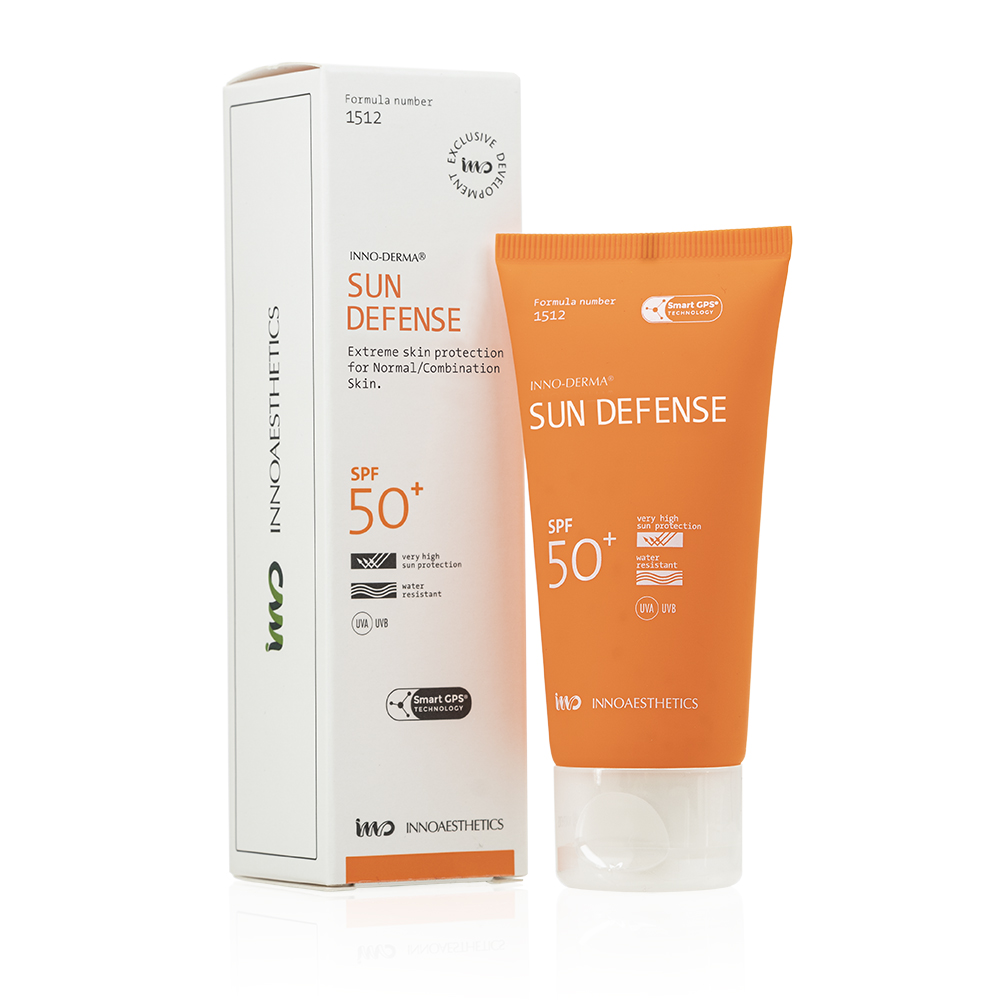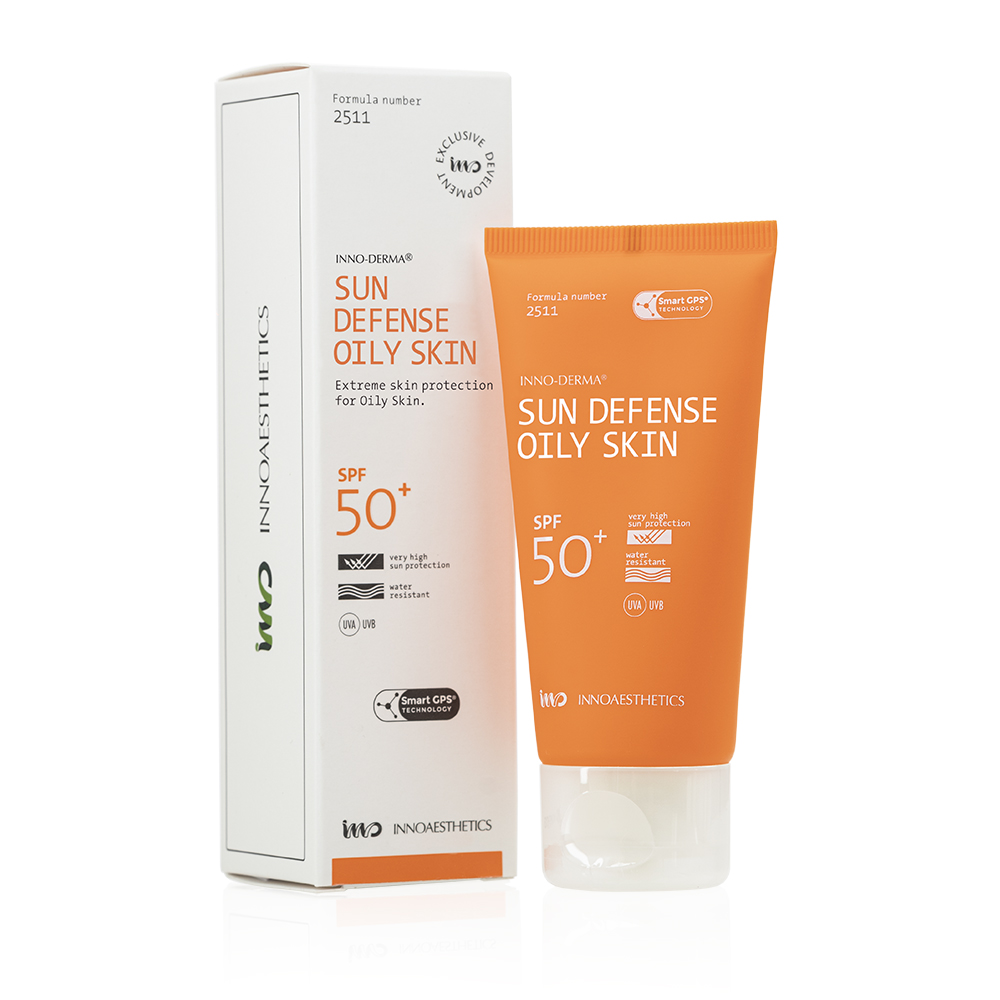Our skin is a mirror that reflects our habits, emotions, and environment, even before we speak. Yet each day, it faces countless external aggressors that can compromise its structure and vitality. Thankfully, modern skincare is embracing a more proactive philosophy: one that prioritizes prevention over mere correction and supports skin health from the inside out.
Within this approach, one of the most essential steps is protecting the skin from sun exposure. Ultraviolet (UV) radiation damages skin tissues and promotes the formation of free radicals—unstable molecules that accelerate and exacerbate visible signs of skin aging.
THE ROLE OF FREE RADICALS IN SKIN AGING
Free radicals are molecules with unpaired electrons, which makes them highly reactive and destructive. In the skin, they attack DNA, structural proteins like collagen and elastin, and the lipids that form cellular membranes. This process—known as oxidative stress—leads to cellular dysfunction, breakdown of the extracellular matrix, inflammation, and eventually, visible signs of aging such as wrinkles, sagging, dullness, and uneven pigmentation.
Sun exposure, particularly UV radiation, is one of the primary drivers of free radical production. It affects the skin through two main mechanisms:
1. Direct Absorption of UV Radiation
UVB and UVA rays penetrate the skin and interact with light-sensitive molecules (chromophores), triggering the formation of Reactive Oxygen Species (ROS)—a category of highly damaging free radicals. These ROS overwhelm the skin’s antioxidant defenses and, over time, degrade collagen and elastin, initiating the process of photoaging.
2. Photosensitization
Some molecules in the skin—whether naturally occurring (like porphyrins) or external (like pollution particles or certain skincare ingredients)—can absorb UV radiation and become energized. These excited molecules transfer energy to oxygen molecules in the skin, creating additional free radicals and compounding oxidative stress. This chain reaction promotes chronic inflammation and tissue degradation.
THE COLLAGEN CONNECTION
Collagen is the structural protein that gives skin its firmness, elasticity, and youthful density. It is particularly vulnerable to free radical damage. When ROS levels rise, they trigger the activity of matrix metalloproteinases (MMPs)—enzymes that degrade collagen fibers. At the same time, UV-induced DNA damage in fibroblasts reduces new collagen synthesis.
As a result, collagen degradation combined with impaired renewal leads to thinner, less elastic skin. Over time, wrinkles deepen and structural support collapses—clear signs of sun-induced aging, also known as photoaging.
ANTIOXIDANTS TO THE RESCUE
The skin has its own defense system, including antioxidants like vitamin C, vitamin E, and glutathione. These molecules help neutralize free radicals and maintain cellular integrity. However, with chronic UV exposure, the skin’s antioxidant stores become depleted. On top of that, our ability to metabolize antioxidants naturally declines with age.
This is why integrating antioxidant-rich skincare and nutrition can support the skin’s defense mechanisms and slow down damage. But even more crucial than topical or dietary antioxidants is consistent sun protection. Year-round defense is the most effective way to delay or prevent photoaging.
THE BEST ANTI-AGING CREAM IS SUNSCREEN
Understanding how sun exposure drives oxidative stress and premature aging underscores why daily sun protection is non-negotiable. A solid preventive skincare routine should include the following:
- Broad-spectrum SPF (reapplied every 2–3 hours when outdoors)
- Antioxidants and barrier-repairing ingredients (like niacinamide, ceramides, or panthenol)
- Sunglasses that shield both your eyes and the delicate eye contour
- Wide-brimmed hats (like a pamela)
- Beach umbrellas for direct UV protection
- Avoiding sun exposure during peak hours (usually 11 a.m. to 4 p.m.)
Because while the sun gives life, unprotected exposure can significantly accelerate the aging process. Skin health begins with prevention, and sunscreen is your first line of defense.




